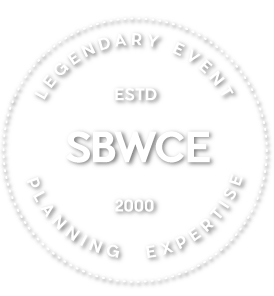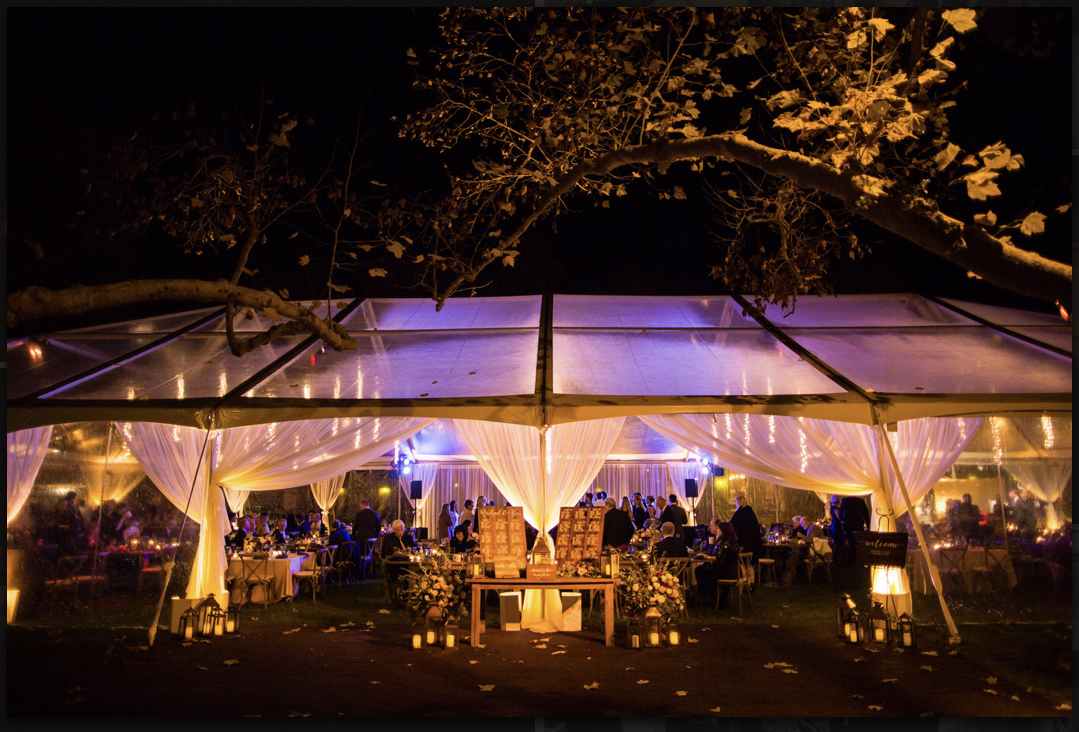This article was featured on Special Events Magazine and made it to the top of Google News.

Many wedding planners (or their clients) may have seen (thank you, Pinterest) how charming it is to share the general event time line for guests to see—either on custom-crafted framed signs, in the wedding program, or on the couple’s wedding website. While many ideas are appealing in photos, they do not translate well in reality. For the inexperienced wedding planner and for the couple, who is triply more inexperienced, this can look like a charming touch—or if really naive—a way to keep guests “informed,” or a way to keep the event on track because “everyone” will now know the time line and be in sync.
What those who do this do not have enough experience to realize is that there are three factors that inevitably play out where the time line is listed for guests to see, and thus what was intended to help or be a “nice touch” actually backfires with a vengeance:
1. When giving guests an event time line, you have just surrendered all your magical powers to control the overall event and the time-line hiccups that go on at every event. As a professional wedding planner, you just turned over your power to 100 or so guests, each running amok, each with their own agenda and belief that they know what is best without the master overview that you have.
When Cocktail Hour, Dinner Time, First Dance, Cake Cutting, Toasting, etc., are listed, you have given guests the power to decide what’s important to them and skip certain elements, not be present for others, etc.
In many cases, I’ve even seen guests take off to go off property (the wedding site) for their own dinner, site seeing, etc., because they decided that they could “squeeze in” something before the time-lined event they deemed most important for them. Once they are scattered, it is impossible to maintain the control of the feel and flow of the event.
2. Guests become agitated. When you had to delay cocktail hour a bit longer because the wedding couple is taking longer for post-ceremony photos, you will have to answer to guests who—because they know what time dinner was supposed to be (because you listed it for all to see)—will be irritably asking you why they aren’t making their way into dinner, because they keep looking at their watches and reconciling them with the time line that you gave for all to see.
3. Your branding and reputation is at stake. Your work (or the perception of your work) is your lasting “business card” in front of an entire guest list the day of a wedding.
Because no experienced wedding planner can guarantee that the wedding will go precisely on schedule to the minute, some naive guests will presume that you are not able to do your job if the schedule is running a bit behind (even though it may be due to circumstances beyond your control). Some may jokingly (or seriously) “jab” you about it while you are working.
But make no mistake, people are watching. And if you list the event time line, you are only setting yourself up for misperceptions about you and your brand. And even if not true, you won’t be around to discuss/educate the 100-plus guests after the wedding has come and gone. Their perception will be their perception of reality about you.
I am often asked: Should you instead list the sequence of events with no time assigned to them?
Perhaps. However, if you need to switch something around last-minute due to a crisis and some of your guests are not present because they chose to go rogue based on the information with which you empowered them, this will once again shine a glaring spotlight on you and raise questions (in their mind) or make them aware of a possible crisis (which is your job to prevent—even if it’s the prevention of the illusion of a crisis).
Managing a time line behind the scenes so guests are flowing effortlessly and are unaware of the small adjustments you have made behind the scenes with your invaluable experience is a professional wedding planner’s superpower. Do not ever surrender one of your greatest secret tools in your efficacy of being one of the best in your field.







Leave A Comment